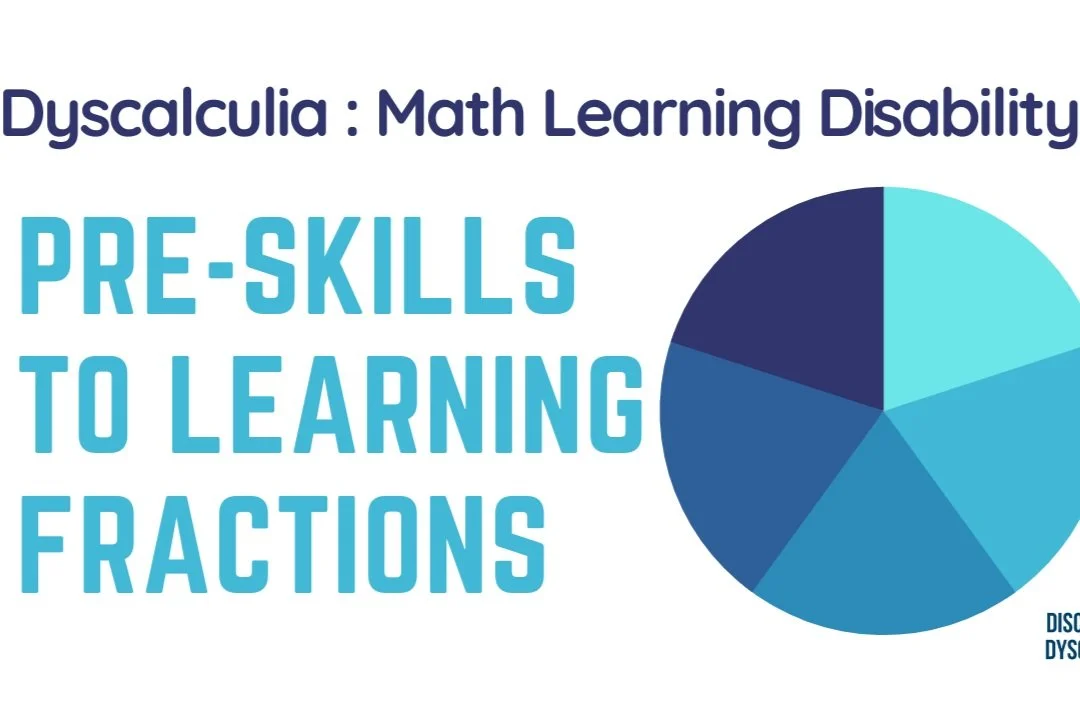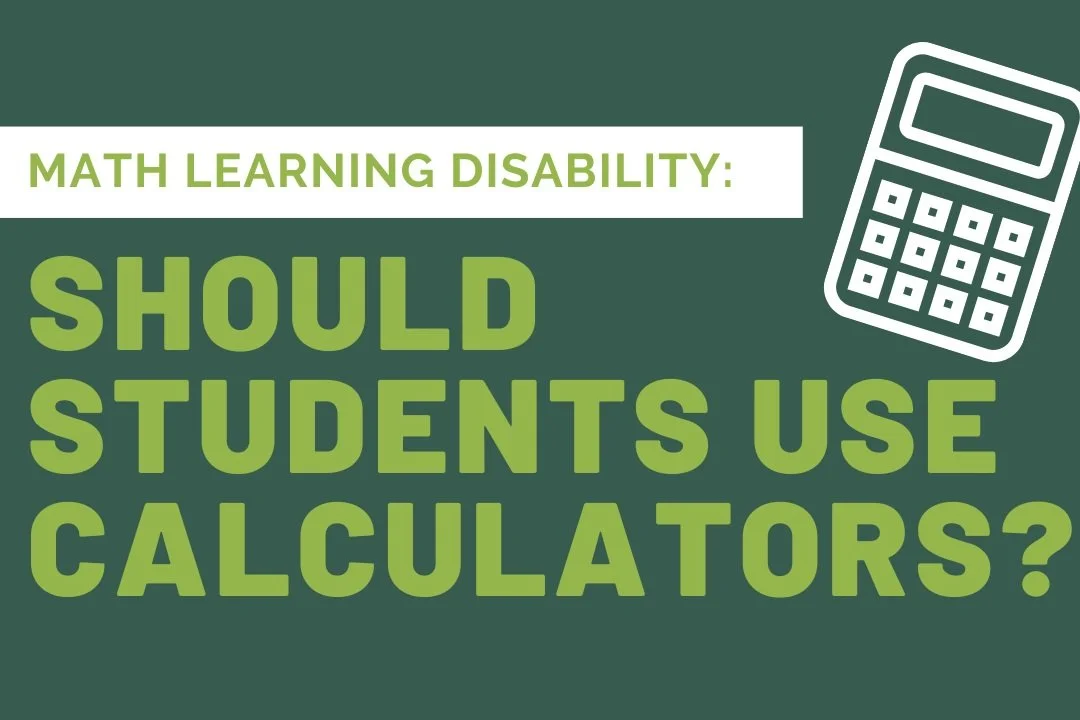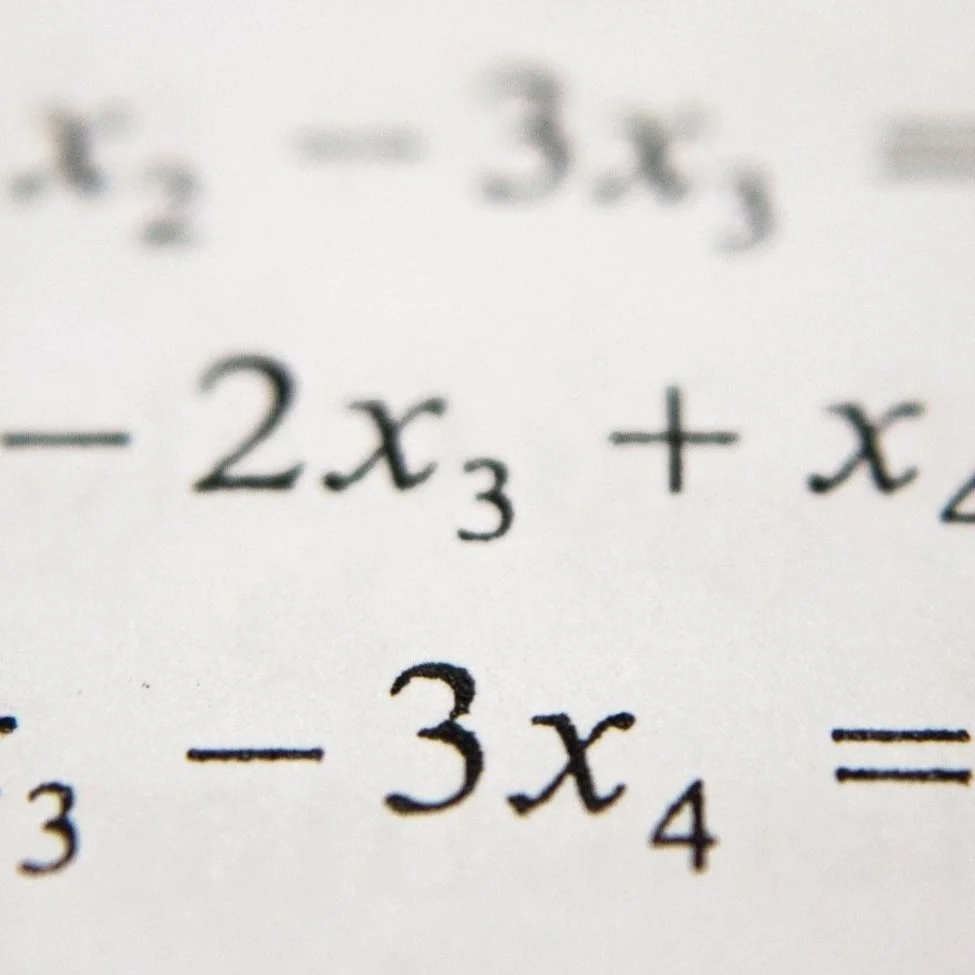Surprisingly Fun Math Class
Cuisenaire Rods
Our new adventure of learning math at home has been surprisingly fun. I would have never thought that I could teach math class. One, because I have never enjoyed math myself, and two, because I had no idea how to teach it.
This year, after trying a new school and realizing that the school could not teach our daughter in the way she needed, we made the decision to teach her math at home. She begins the school day at home with math class, then we take her to her local public school to finish the rest of the school day.
We are half-way through the year, and I find myself more at ease and enjoying our time of learning and exploring together. I find it fascinating how her mind works. The work of learning how she processes information is made easier because she is an articulate and verbal child. I can ask her what she is thinking or feeling, and she responds with clarity that seems older than her age.
I was happily surprised, for example, when, a month into our home-learning, she arrived into our family room for class, and said, “Mom, doing this math at home with you is fun!”
Wow. That is something I never thought I’d hear, “math” and “fun” in the same sentence!
My husband also noticed that my daughter and I seemed to be enjoying math class together. He knows I don’t love math, and he knows I can get stressed about how to do something I’m not an expert in.
I find myself wondering why it is that math class has been so much more enjoyable than I expected. I think that there are few things at play here:
One change is that I no longer feel pressure for my daughter to be at a certain level grade-wise or moving along at a specific speed. I’m no longer trying to force her to be doing math the same way her peers in school are. This frees me up to be able to help her learn where she is at and celebrate her individual progress. Instead of feeling stressed about whether she is keeping up with a standard the school system created, I can be curious about how she is learning and give us space to discover more of who she is and how she works best.
Another idea of why it’s been more fun, is that I have been considering myself less of a teacher and more of a student. If I imagine myself as the teacher or expert whose job it is to instill knowledge, the pressure can be immense!
If I can think of myself as learning side by side with my daughter, class is a lot more interesting. Not only am I learning new ways to understand math, I am also learning a great deal about Dyscalculia and how it looks in real life. It’s so intriguing to me!
While initially it may seem like a negative thing that I wasn’t trained in elementary education or mathematics, I think it might actually be an asset. Those who have been formally trained, received an education on specifically how to teach the average student. Not having training helps me to not hold on to the school system’s idea of how a child “should” learn, or what the tried and true methods are. I can instead see how my child does make sense of numbers, and help her learn in a way that makes sense for how she is uniquely wired.
It’s as if we are approaching math class as explorers. It’s our mission to uncover her secret superpowers, find the unique ways her brain functions, and also look at areas where she struggles, and problem solve together.
When something seemingly simple doesn’t click or make sense, instead of feeling immediately stressed, I can often sit back and say without judgement or disappointment, “Curious. I wonder why that is hard to figure out in this moment?”
The other day, she was struggling to figure out the equation (8 - ? = 2). We paused for a moment to figure out what the sticking point was.
Out of curiosity, I rearranged the Cuisenaire rods we were using as visual aids for our math problems. “Does it make more sense if I slide the “2” over to the beginning and instead of focusing on the huge gap of what is missing, we instead see that we need a number that is “2” less than the 8?” She looked at it, “Yes, that way seems easier to me.”
We are piecing together new ways of solving mathematical problems. In this case, looking at a huge gap is overwhelming to her, but if she rearranges the bars in her mind (starting with physically doing it), then she can figure out that the number that is missing is 6.
Overall, I have decided that what has made math class at home so much more enjoyable, is the letting go of the pressure to compare our daughter to outside standards, and to embrace learning alongside her.
Update 2023: For more information on the specific materials and books we used to teach math at home, and how to use them with your own student, join me for Dyscalculia Math Education Coaching.
If you want to learn more about dyscalculia awareness, education, and support, you can receive a new article from me each Saturday. Privacy respected, no spam, unsubscribe anytime.










